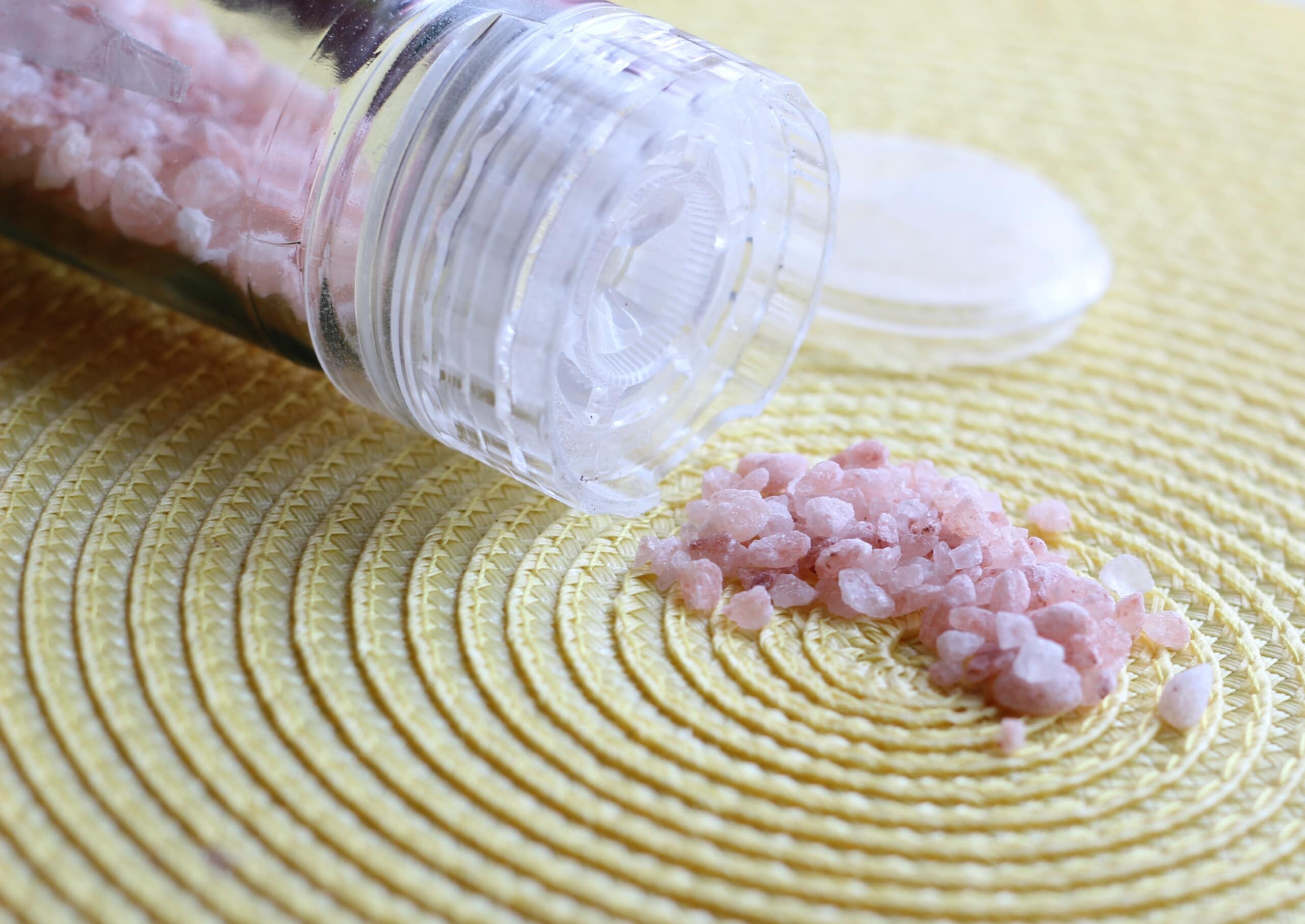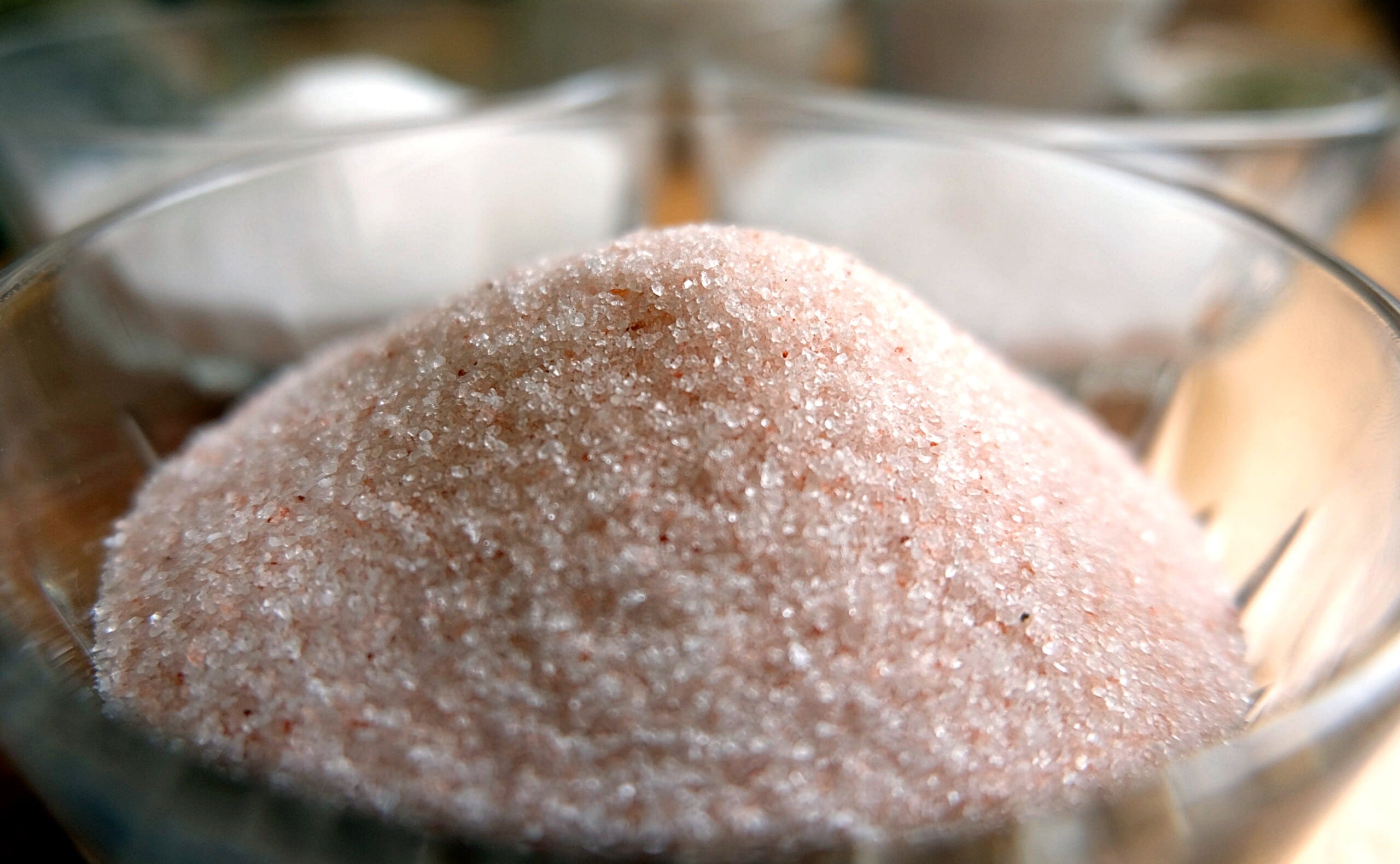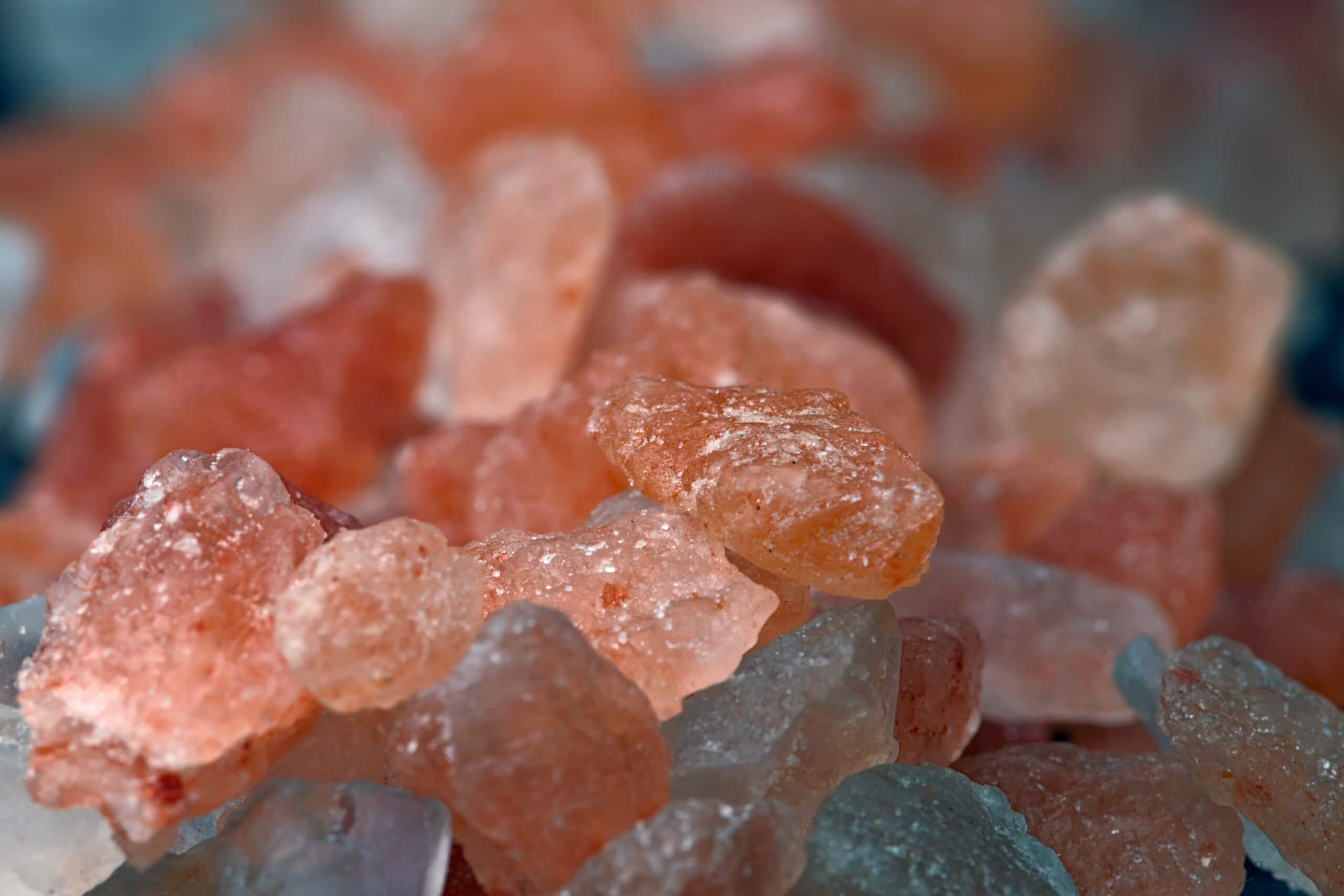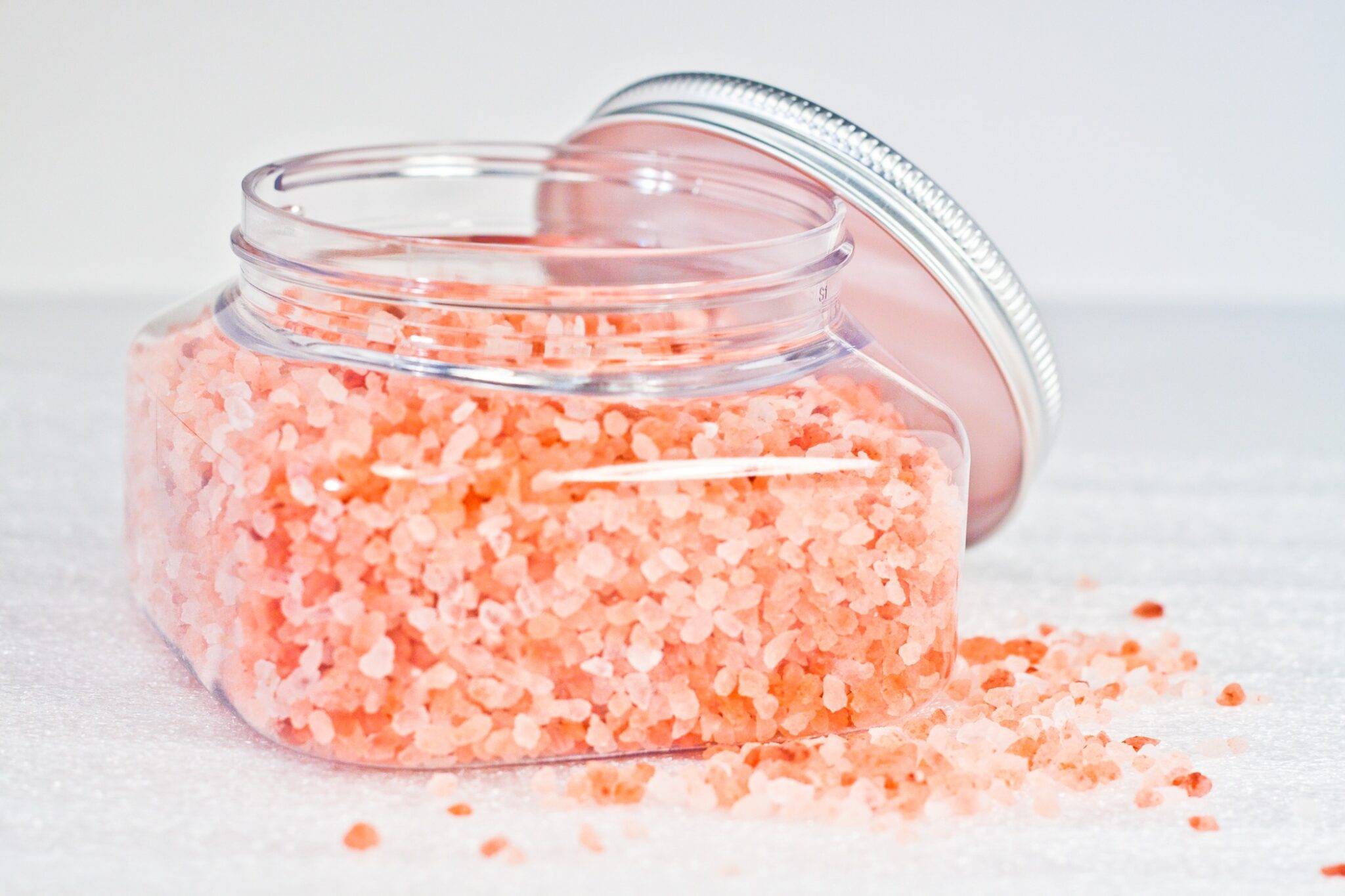Table of Contents
Himalayan Rock Salt- Is It Better Than Table Salt? Find Out!
Do you think pink Himalayan rock salt is better than the regular salt we use? If you believe so, why not see what researchers have to say on this? Let’s see what this salt is and why it is better than regular salt (if it is!)
Pink Himalayan rock salt is a unique type of salt mined near the Himalayas in Pakistan as the name suggests. This salt is naturally pink in color. Many people believe that it is loaded with great minerals and that it provides excellent health benefits.
For such reasons, pink Himalayan rock salt is often claimed to be much healthier than the table salt we use regularly in our house. However, research to support all the claims made is very little to date and other people suggest that these extravagant claims regarding health are only speculations made by people.
In this article, some of the differences between Himalayan rock salt and regular table salt will be discussed with a few pieces of evidence so that you can decide which one is more beneficial for you.
What is salt?

Salt is a special mineral comprising of a compound called NaCl or sodium chloride in large amounts. The sodium content inside salt is 98%. It is so high that many people often call salt “sodium” and use both terms interchangeably.
Salt can be generated either by evaporating saltwater or extracting solid salt from salt mines present underground. Before this salt is readily available in the grocery stores, it goes through various refining procedures to remove impurities or contaminations by minerals other than sodium chloride.
Sometimes anticaking agents are also added to the salt to help absorb the moisture. Iodine is also included to help people deal with iodine deficiency. For thousands of years, humans have used salt to preserve their food and add taste.
Interestingly, sodium plays a significant role in biological processes too like muscle contractions, nerve conduction, and fluid balance maintenance. For all such reasons, it is absolutely important to have sodium salt in your diet.
However, different health professionals have claimed that too much salt in your diet might lead to higher blood pressure and increase the risk of heart diseases, although research done recently has called this belief to be questionable.
Because of the dangers of consuming too much salt, many people have started using Himalayan rock salt instead and believe that it could be a great alternative to regular table salt.
Pink Himalayan Rock Salt
Pink Himalayan rock salt is extracted from the Khewra salt mine, located near the Himalayas in Pakistan. The Khewra salt mine is among the largest and oldest salt mines all over the globe. Pink Himalayan rock salt extracted from this salt mine is believed to have been generated millions of years ago due to the evaporation of water bodies in ancient times, indicating how pure it was.
This salt is extracted by hand and processed minimally to produce an unrefined product that is free of additives and believed to be much more natural than regular table salt. Similar to table salt, pink Himalayan salt is comprised of sodium chloride naturally which is the basic composition of salt.
However, the harvesting process of Himalayan rock salt is natural which allows it to possess different minerals and trace elements that are not found inside the regular table salt.
Some people have estimated that Himalayan rock salt contains nearly 84 different minerals along with trace elements. In fact, it is due to these minerals, particularly iron, that it has a pink color which also forms a characteristic feature of Himalayan rock salt.
Uses Of Himalayan Rock Salt

Pink Himalayan rock salt has numerous dietary uses and non-dietary uses, these include:
1. You can utilize it for cooking and eating
In general, you may use Himalayan rock salt for cooking same as you do with the table salt in your kitchen. Use it in all the sauces or marinade or add it to the food on your table. Some people have even used Himalayan salt to form a surface for their cooking. Large blocks of this salt are also available and used for sear, grills, and imparting a salty flavor to your food including meat.
Himalayan rock salt can be brought in finely ground form also just like tale salt but is slightly uncommon to find a coarse variety of this salt traded in larger crystal sizes.
2. For cooking
Whenever you measure a pinch of salt by its volume, it is also important to consider how finely the salt is ground. You might require to use larger amounts of coarse salt to match the saltiness present in finely ground salt. This is because salt which is fine ground is packed closely together compared to coarse salt, so there will be more of it in a specific volume.
For instance, a tbsp. of any kind o finely ground salt might have 2300 mg sodium while a tbsp. of coarse salt will differ depending upon the size of crystals but may contain less than 2000 mg sodium.
Furthermore, Himalayan rock salt contains less sodium chloride compared to table salt, which you will have to look upon when you are cooking and add accordingly. In the US, the current dietary guidelines suggest that adults should consume salt as much as 2300 mg or less per day. More than this might be harmful in the long term. This is equal to 6 grams or 1 tablespoon of finely ground salt,
However, when using Himalayan rock salt, it would be great if you check the nutrition label as the content might vary widely based on the manufacturing brand.
3. Non-Dietary Uses
Himalayan rock salt has numerous dietary uses which you have seen above, but it has certain non-dietary uses too. Himalayan rock salt is utilized in salt baths too which are claimed to soothe sore muscles and improve skin conditions.
Salt lamps are also made out of this pink Himalayan rock salt as they are claimed to be great in removing air pollutants. These lamps comprise huge blocks of salt having an inner light that heats the salt.
In addition to this, spending time in the rock salt caves where mining is done is believed to improve respiratory issues and skin ailments. This is a common belief in people living over there.
But the research behind such non-dietary uses of Himalayan rock salt is minimal. More studies are required to confirm all such claims.
Minerals In Pink Himalayan Rock Salt

Both Himalayan rock salt and table salt consist abundantly of sodium chloride but pink Himalayan salt is thought to contain 84 more trace elements and minerals. These include minerals like calcium and potassium as well as some lesser-known mineral-like molybdenum and strontium.
A study analyzed all the mineral contents of different types of salts including table salt and Himalayan salt. Calcium content in table salt is 0.4 whereas it is 1.6 mg in Himalayan rock salt. Similarly, magnesium in table salt is only 0.0139 whereas it is 1.06 in Himalayan rock salt.
Himalayan rock salt contains more concentrations of iron, magnesium, potassium, and calcium.
Nevertheless, the quantities of these minerals inside pink Himalayan rock salt are really, really small.
They are observed in such tiny quantities that it would need 3.7 pounds or 1.7 kg of pink Himalayan rock salt to achieve the suggested daily amount of potassium in the diet for instance. Unnecessary to say, that is an unrealistic quantity of salt to use.
For the greatest part, the other minerals in pink Himalayan rock salt are discovered in such tiny quantities that they are improbable to present you with any health advantages whatsoever.
Health claims of Himalayan Rock Salt

Not withstanding the truth that pink Himalayan rock salt only includes tiny quantities of some additional minerals, a lot of people still speculate and claim that it may present several health advantages.
The truth behind this is, most of the claims speculated by people do not have enough research to confirm them. Some commonly promoted health benefits of Himalayan rock salt include the following:
- It balances the pH of your body.
- Improves respiratory ailments
- Reduces aging signs
- Increased libido
- Regulated blood sugar levels
- Improves sleep quality
Some of these claims associated with the non-dietary values of pink Himalayan rock salt might be slackly based on research.
The usage of salt caves as an effective treatment for different lung diseases has been assessed in a few studies. The outcomes indicate that there might be a benefit, but overall, more accurate research is required to review their effectiveness.
On the other hand, a few health claims are just normal functions which sodium chloride already performs in the body, so you will get similar benefits even if you consume regular salt. For instance, researchers have found that low sodium diets lead to sleeping issues.
This indicates that an adequate amount of sodium is required for sleep. However, this study has not examined the usage of Himalayan rock salt and indicates that any sodium chloride salt will give the same benefits.
Also, other minerals inside pink Himalayan rock salt are not existing in large sufficient amounts to have any huge effect on adjusting the body’s PH. The lungs and kidneys both control the body’s pH without needing the help of pink Himalayan rock salt.
Additionally, blood sugar, aging, and libido-like benefits are all essentially controlled by some factors other than presence the of salt in the diet, and there are clearly no experimental studies to propose eating pink Himalayan rock salt can serve any of these features to your health.
Similarly, there isn’t research comparing the health influences of pink Himalayan rock salt and normal table salt. If the analysis did exist, it is doubtful that it would notice any discrepancies in their health consequences.
The Bottom Line
Looking at all the misguided claims regarding health, it is quite easy to see why most people are confused about the type of salt to use. But studies have not differentiated the health benefits of pink Himalayan rock salt with table salt. Even if they do, it is unlikely that they will notice any differences between the two.
Nonetheless, if you want to avoid any additives in table salt, then you may consider using Himalayan rock salt as it is minimally processed. But do not expect to see incredible health benefits that you might have heard about somewhere.
And learn that table salt is a significant dietary reservoir of iodine, so if you are utilizing pink Himalayan rock salt, you may need to receive iodine from other sources of food such as seaweed, dairy products, or fish to aid in avoiding iodine deficiency.
Certainly, pink Himalayan rock salt is frequently much more costly than regular table salt. So if you do not mind the added ingredients, using regular table salt must be perfectly fine for you.


